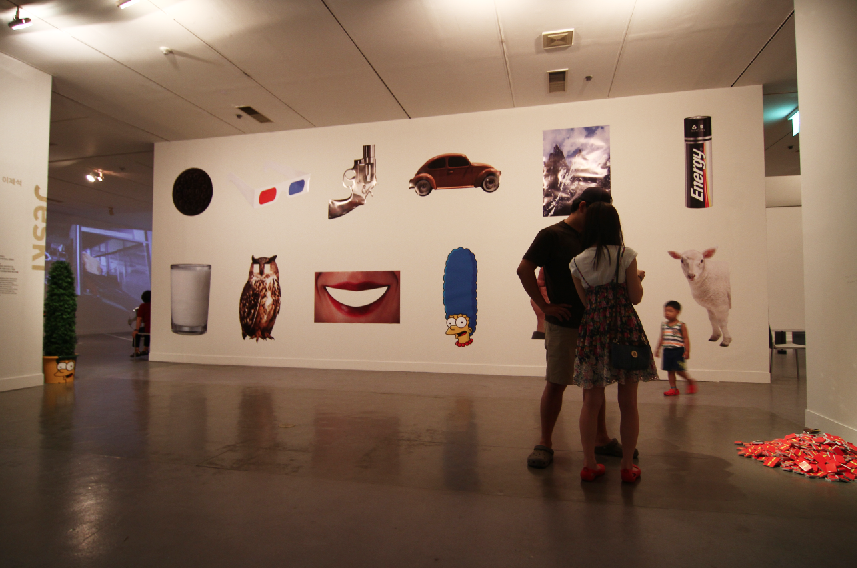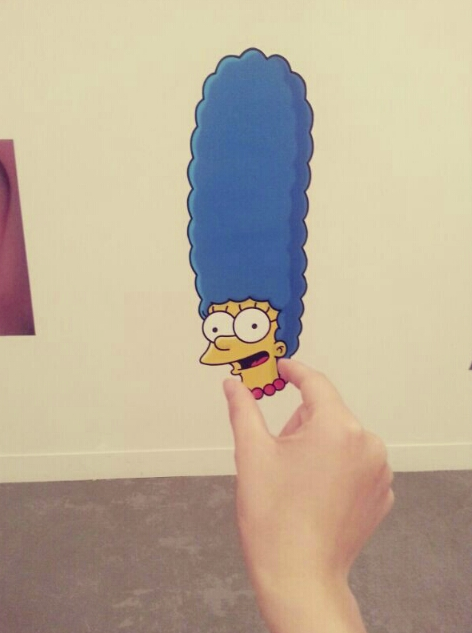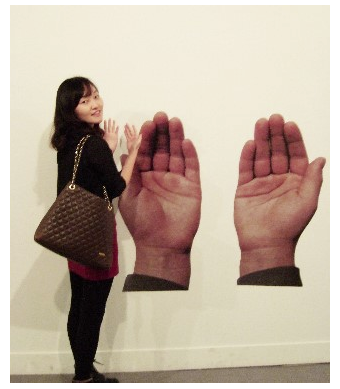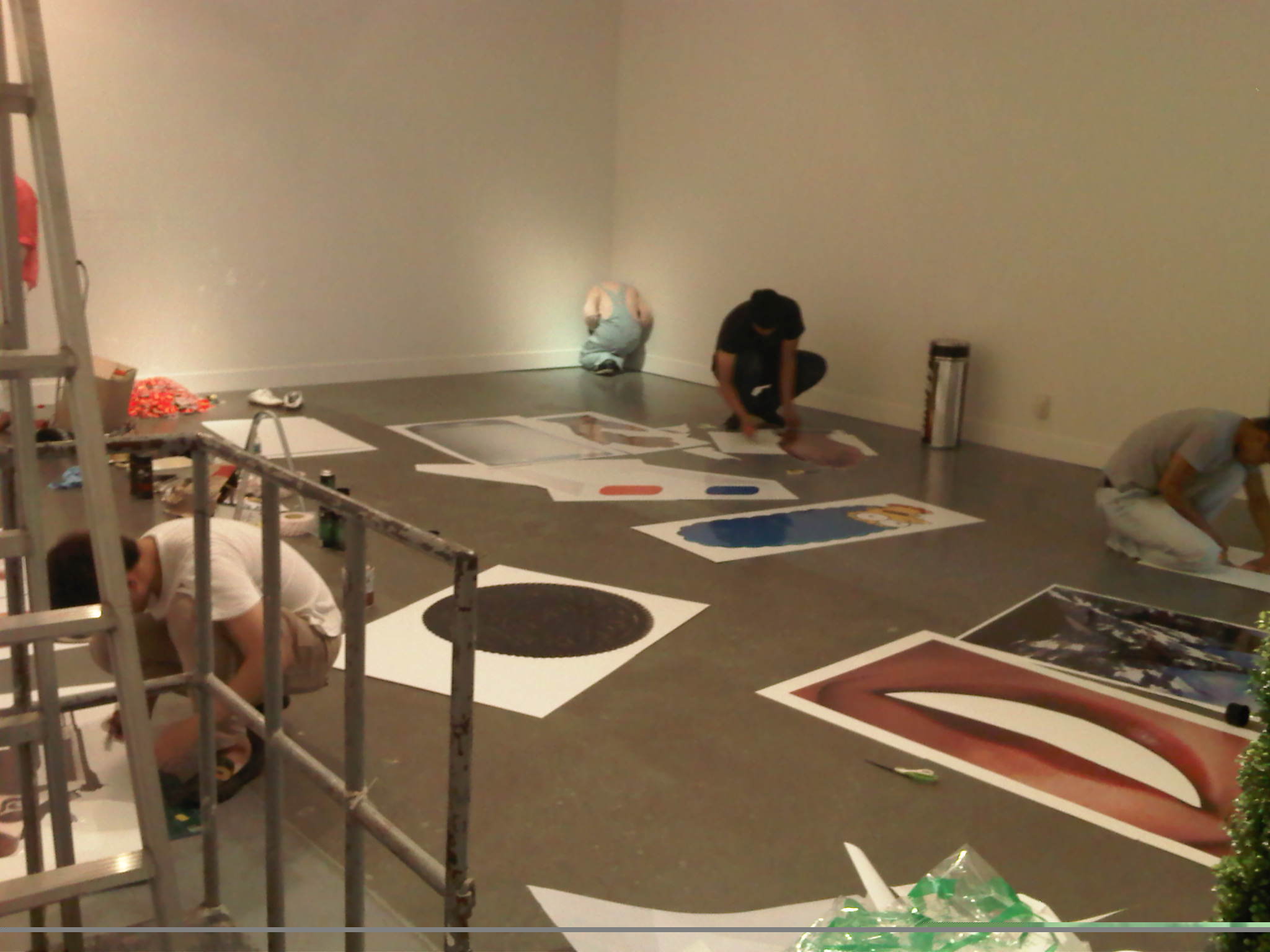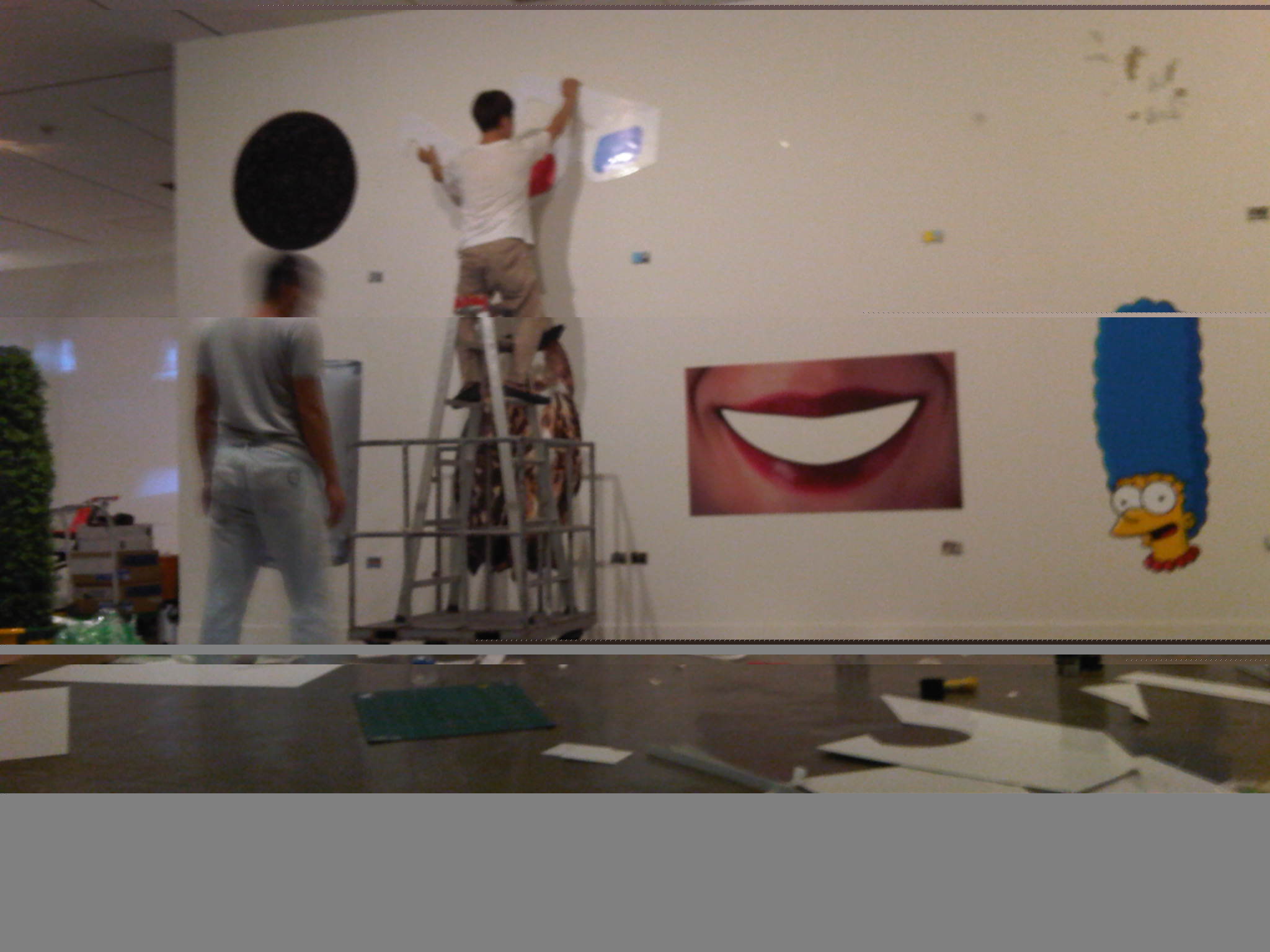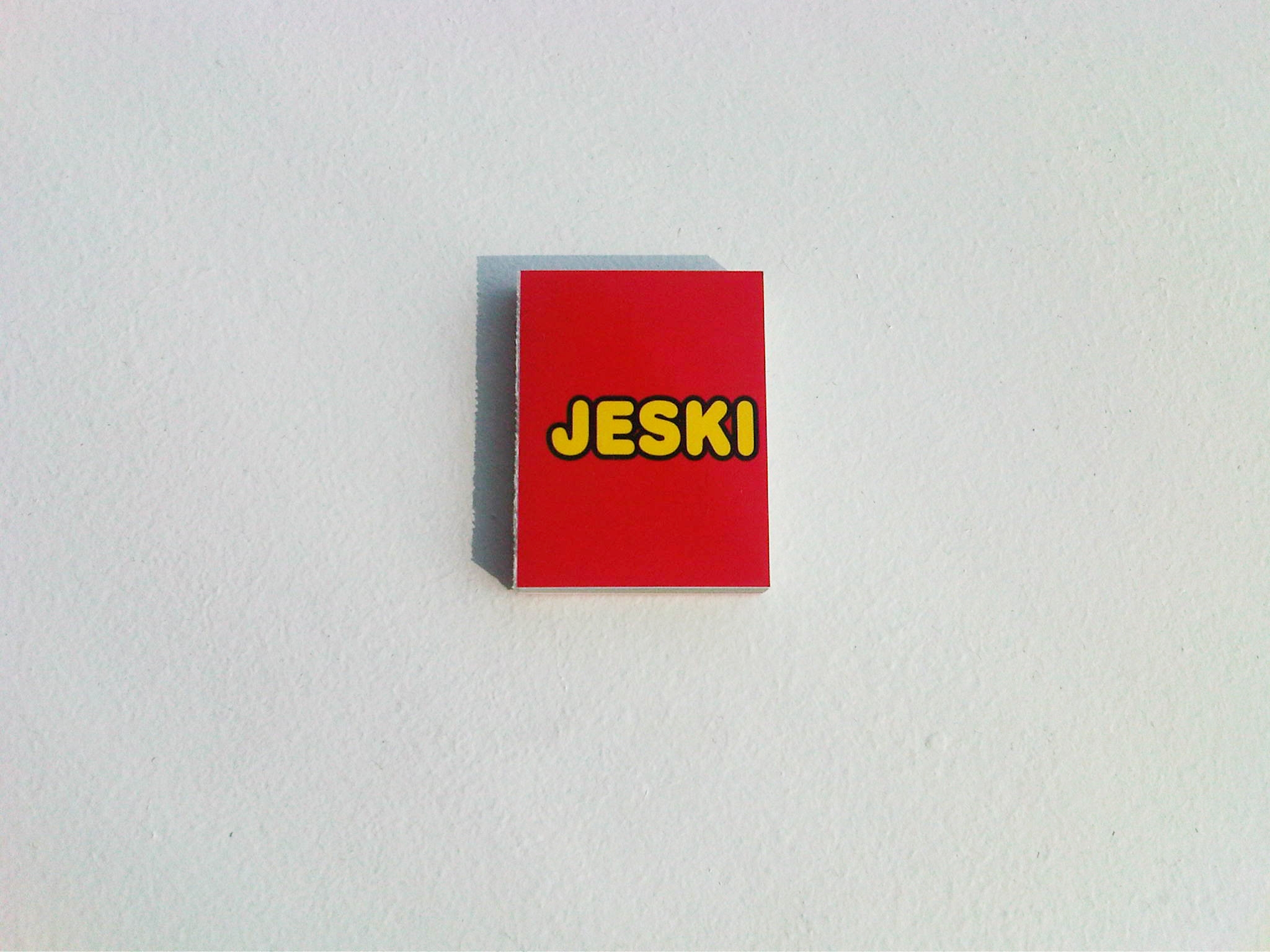 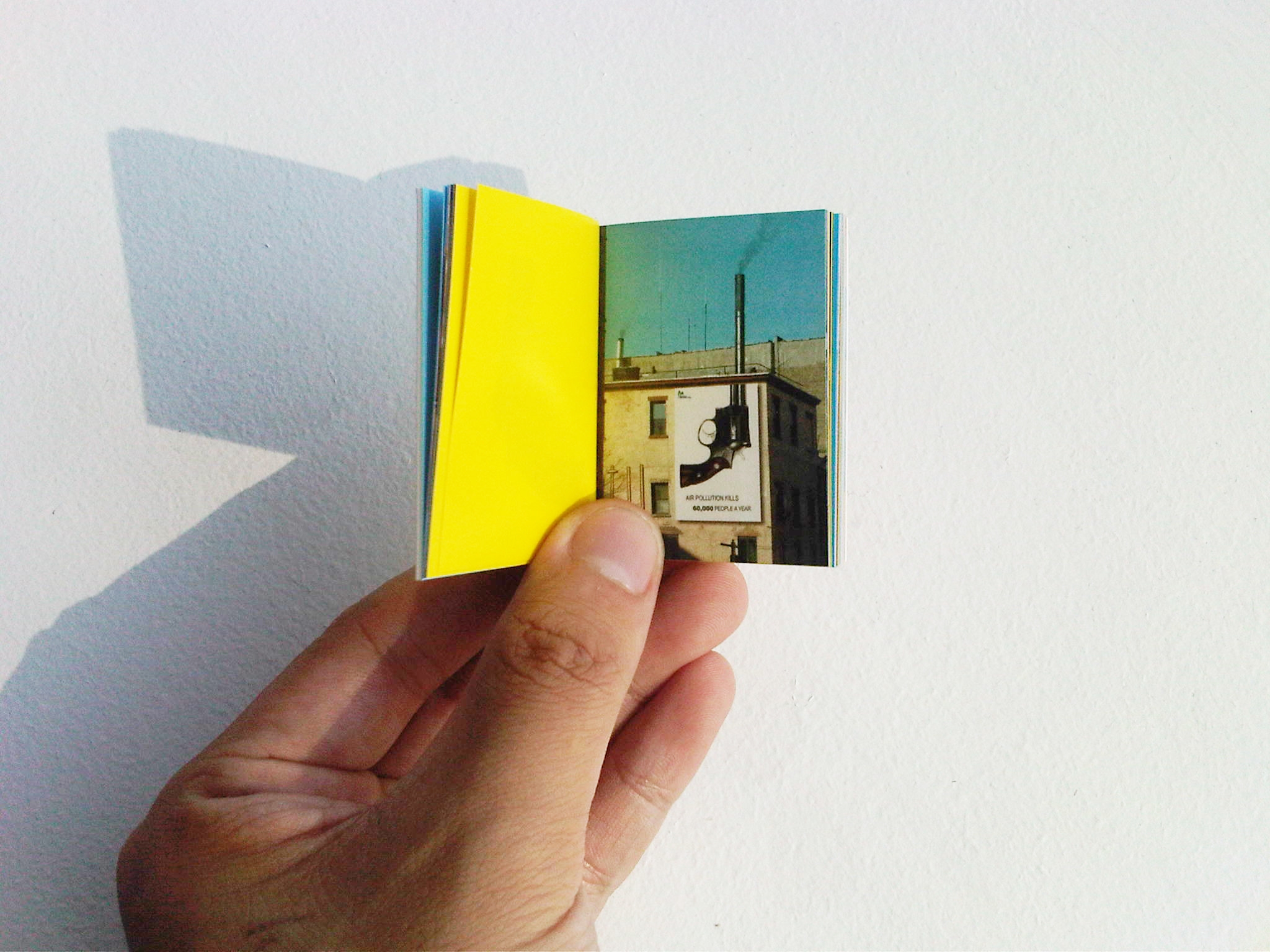 JESKI ABC BOOK
This book contains Jeseok's work from last 10 years.
This mainly shows outdoor ads, signage and billboards which are very simple and easy to look even for children to understand.
How can I create new things without spoiling already-made pieces?
How can I find new meanings and values from images of ordinary objects?
How can I make 2D images alive in 3D?
These question lies under his struggle. JESKI ABC BOOK : 이제석의 간판쟁이 활동상 10년을 담은 책. 주로 옥외 광고/ 싸인 / 빌보드 작품 위주로 수록되어있는 회고 집이다.
이제석의 대표작품 가운데서도 가장 쉽고 단순한 작품들만 모아 유아용 단어장 형태로 펴낸 책이다. 유아들이 보는 단어장 삽화만큼이나 작품에 사용된 이미지는 쉽고 단순하다. 어떻게 하면 이미 만들어진 이미지들에 손을 거의 대지 않고 다른 어떤 것으로 새롭게 만들어낼 수 있을까? 어떻게 하면 이미 존재하는 평범하고 흔한 이미지들에 새로운 의미와 아름다움과 가치를 발견할 수 있는가? 어떻게 2차원의 평면의 이미지들을 3차원의 입체물로 살려낼 수 있는가? 에 대한 그의 연구가 반영되어 있다. 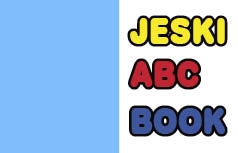 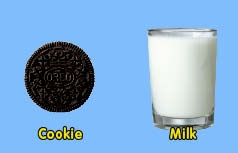 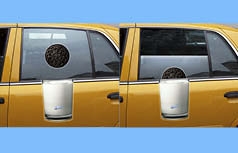 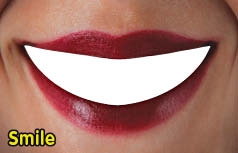 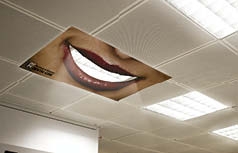 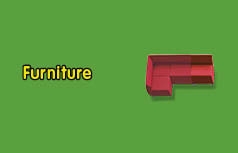 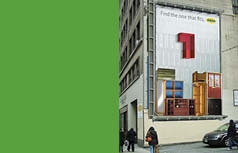 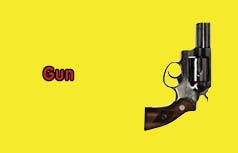   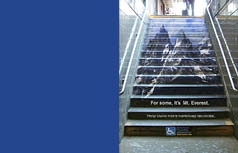 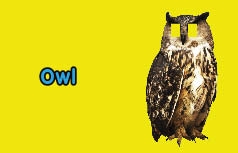 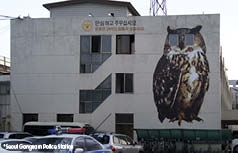 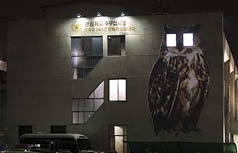 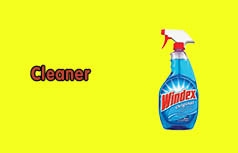 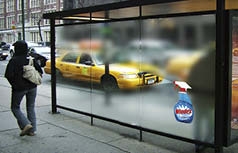 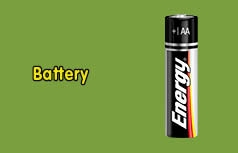  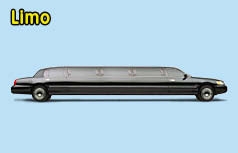 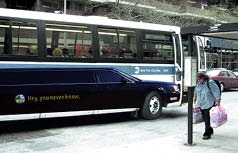 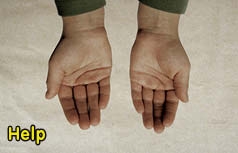 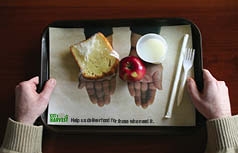  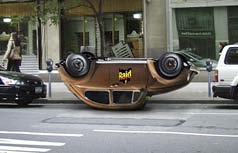  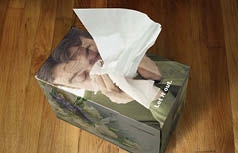
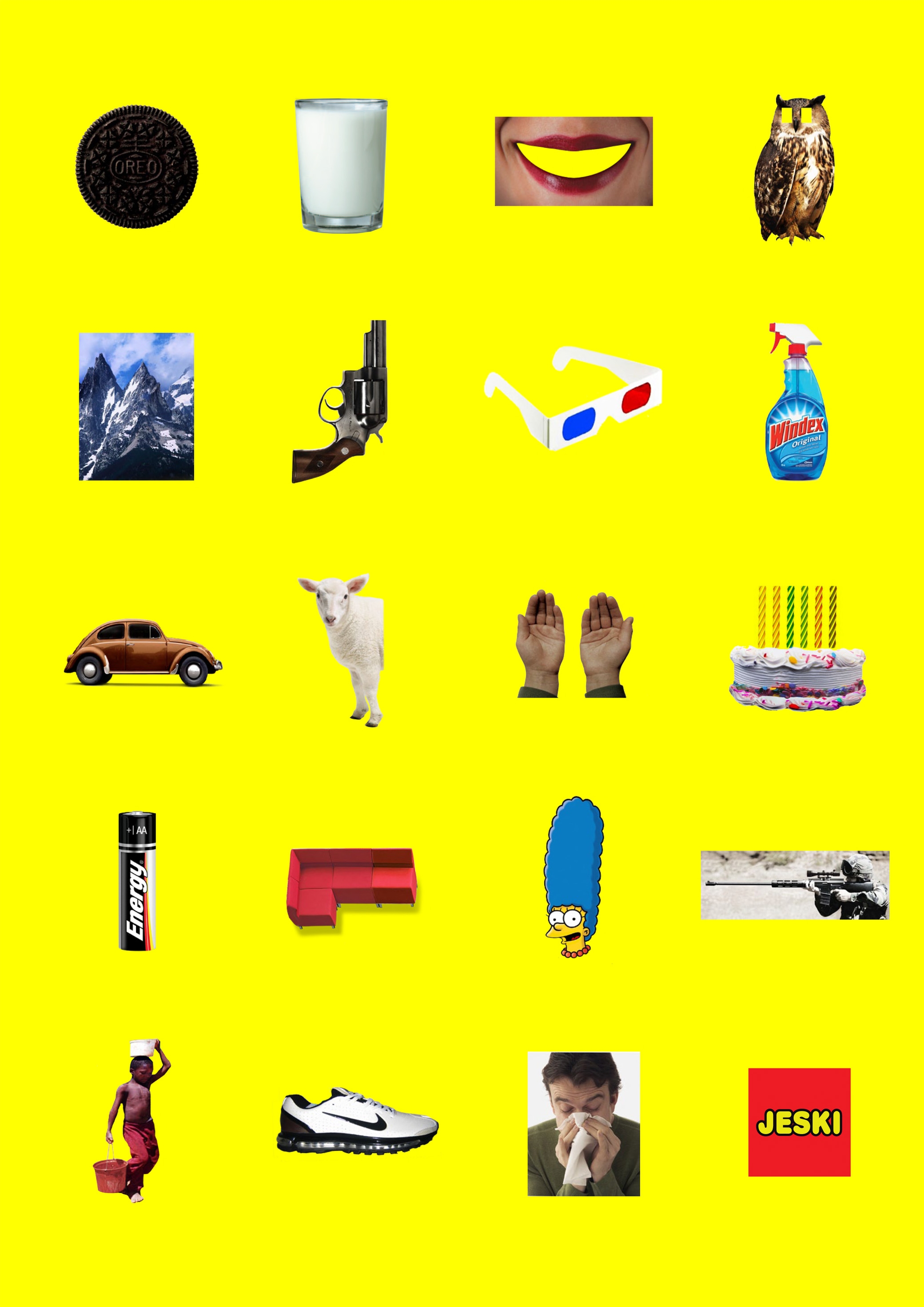 제작 후기: 우리의 광고 속에는 최신 유행의 것들이나 전혀 새로운 것들이 없다. 결코 우리는 우리 스스로 작업들이 그리 창의적이거나 새롭다고 생각해본 적이 단연코 없다. 유행에 민감하지도 그리 스타일리쉬하지도 않다. 대게 화면 속에는 산, 권총, 케이크, 입술, 신발 … 유아용 책에서나 볼 수 있는 흔해 빠진 사진들이 전부다. 자동차 광고는 자동차 한 대 만으로, 유리 세정제 광고는 유리 세정제 한 통으로도 광고 한편을 뚝딱 만들어 낸다. 우리에게 있어 새로움의 정의는 지금껏 전혀 보지 못한 것을 보여주는 것이 아니다. 지금껏 흔히 보아왔던 것들을 낯설고 신선하게 마주하게 하는 것이다. 늘 변함없는 지속가능한 무언가를 유지함과 동시에 그것이 늘 새롭게 보이도록 하는 것. 그것이 아마 모든 ‘장수 브랜드’가 가진 최대의 고민이고, 모든 이름난 ‘창작자’들이 가진 공통의 고민일 것이다. 보통의 창작자들이 뭔가 대단히 새롭고 신선한 것을 찾기 위해 외국 서적을 뒤지거나 밤새 웹서핑을 하는 와중에도 우리는 어떻게 하면 늘 일상에서 보던 뻔한 소재를 다르게 비틀어볼까를 고민한다. 답은 언제나 문제 속에 있다. 광고주가 던져준 문제라면 반드시 광고주가 영위하는 사업, 제품, 연혁 속에 재미난 아이디어가 있을 것이다. 그러니 굳이 광고주 밖에서 소재를 애써 찾으려고 할 필요가 없다. 애써 요즘 핫한 모델들을 콘티 속에 줄 세울 필요도 없고, 요즘 유행하는 핫템들을 애써 갖다 붙일 필요도 없다. 이미 광고주 그들 스스로가 가진 유니크한 매력은 수십 년 수백 년 전부터 가지고 있다. 그렇기 때문에 지금까지 살아남은 것이다. 다만 그것을 그들 자신도 잘 알지 못하고, 고작 몇 주에서 몇 달 정도 협업하는 광고장이는 더더욱 알 일이 없다. 어떤 대상에 대해 충분히 알고 있다고 자부하는 자의 뒤통수를 방망이로 후려갈기며 알길 뭘 알아? 이건 몰랐지? 라고 조롱하듯 큰 충격을 줘야 한다. 사람들이 가지고 있는 사물에 대한 해석과 인식을 살짝 비틀어 놓는 게 광고장이의 능력이자 책임이다. 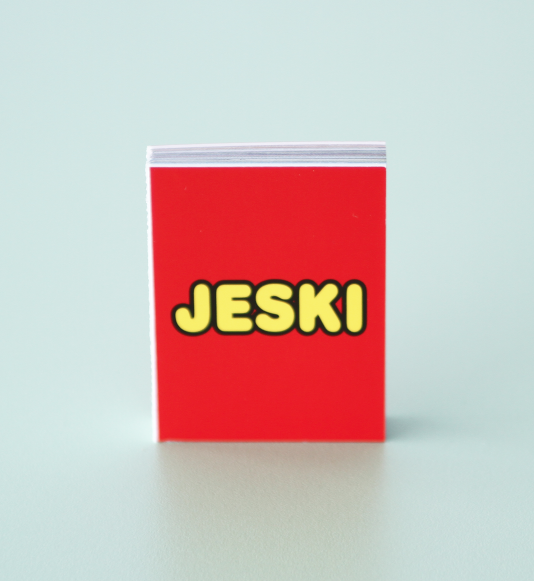  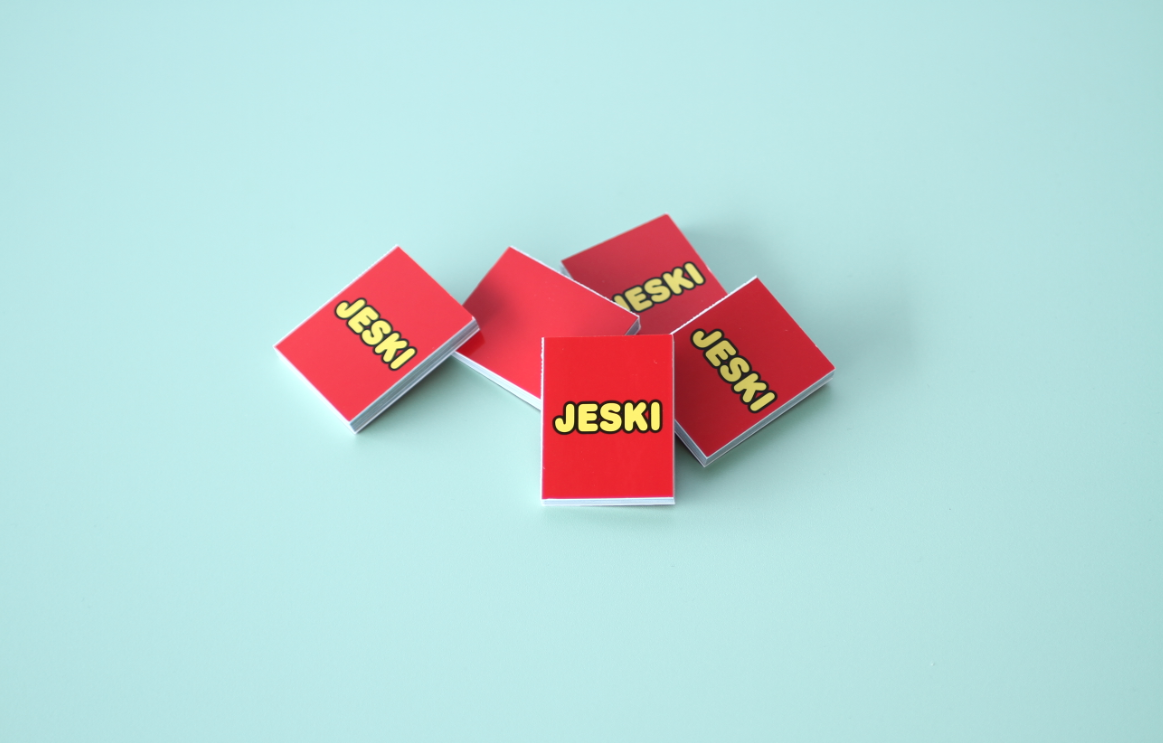 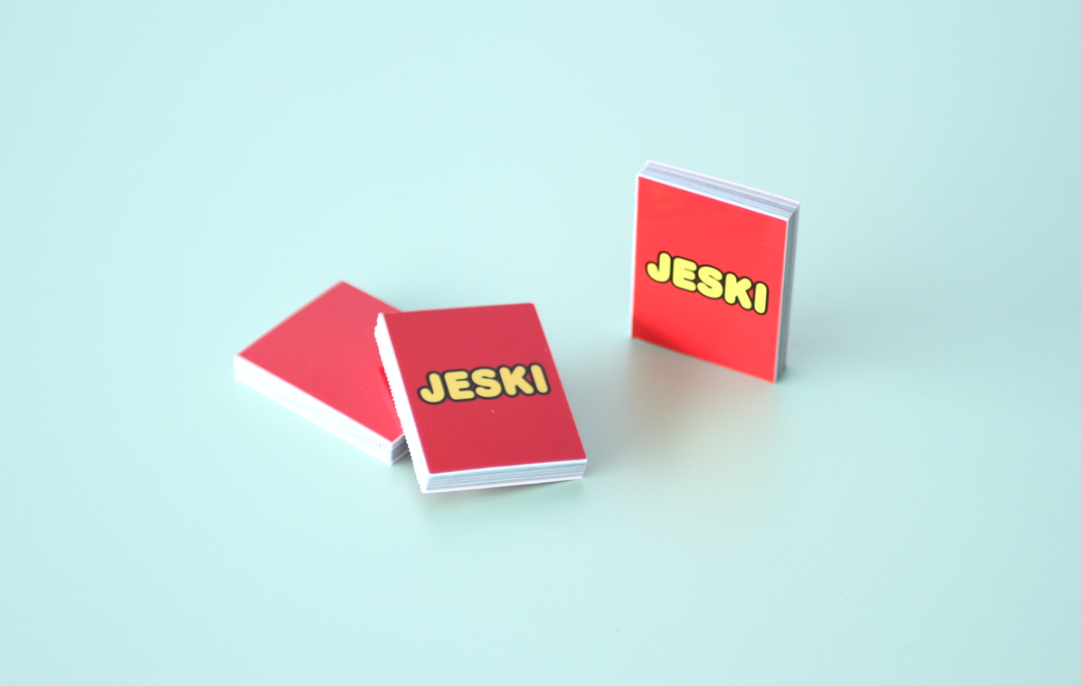 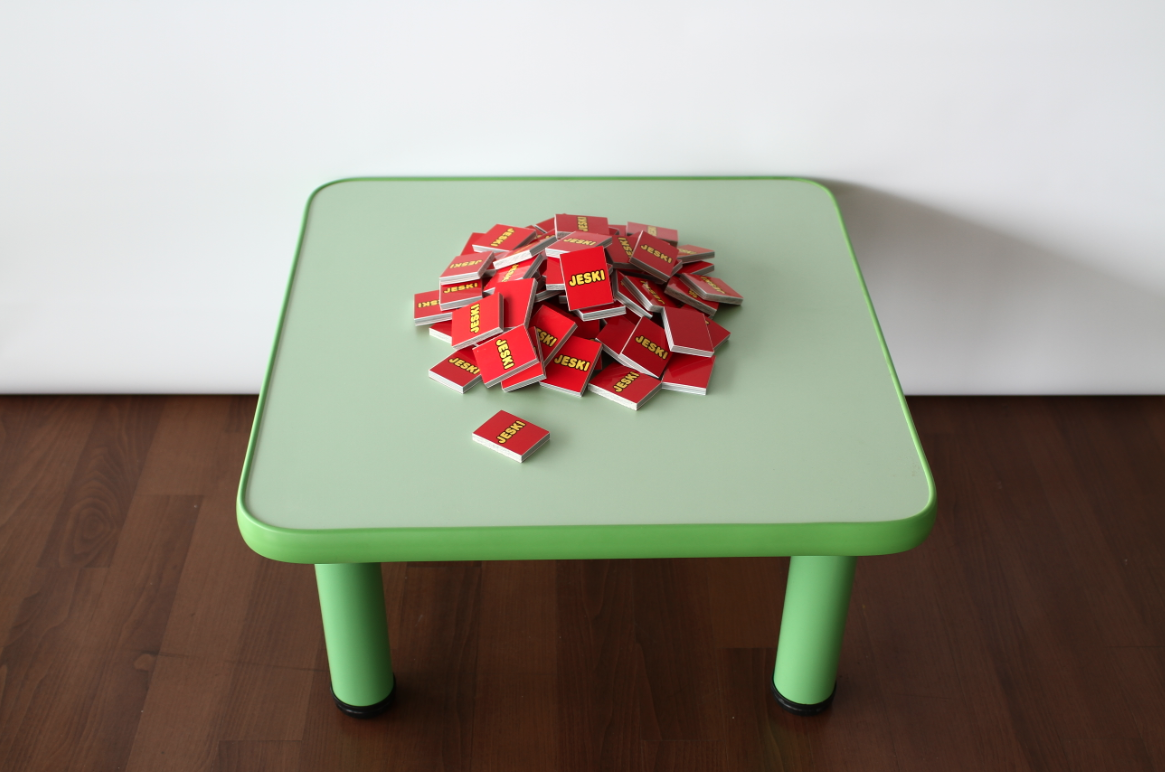 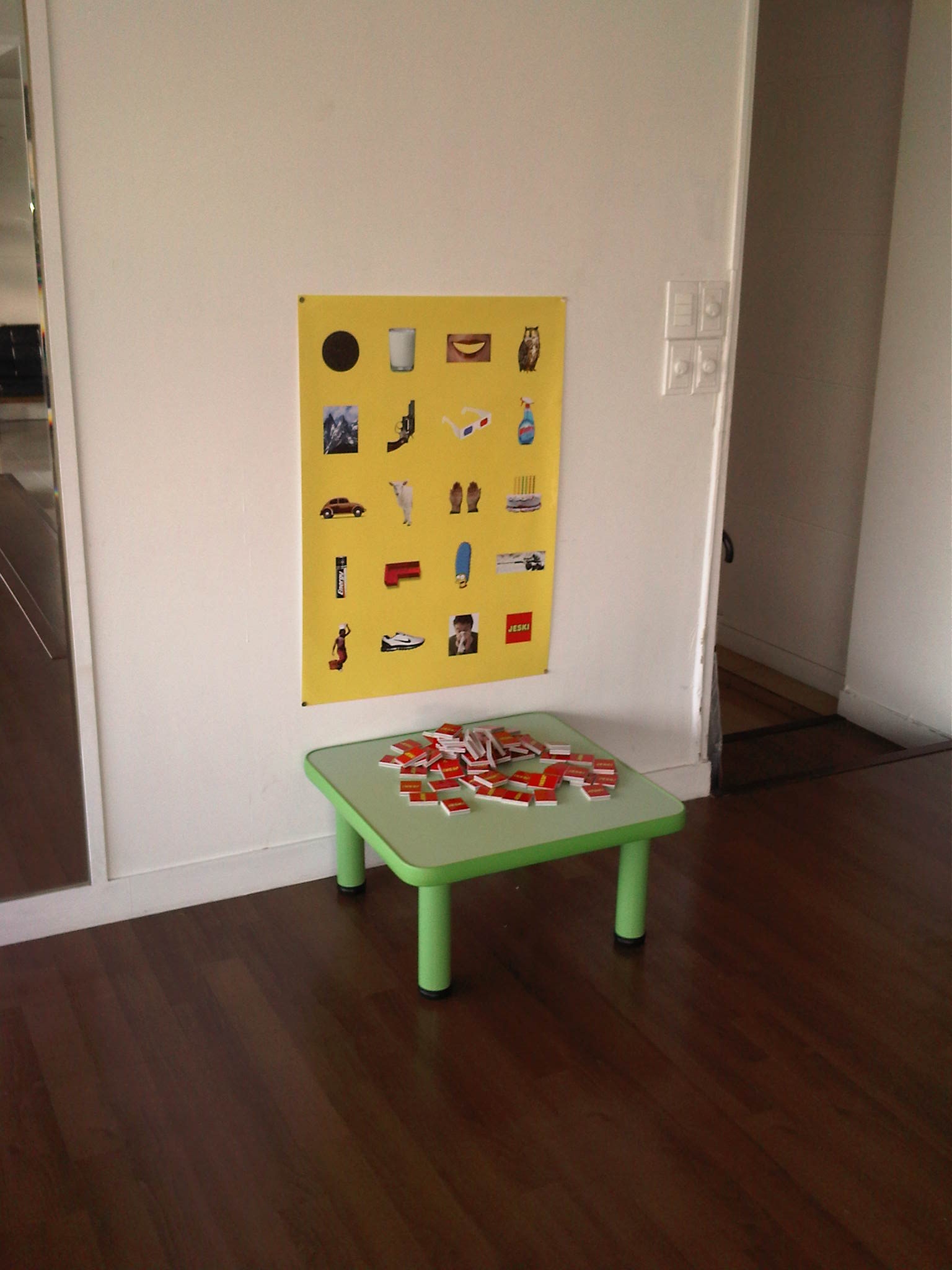 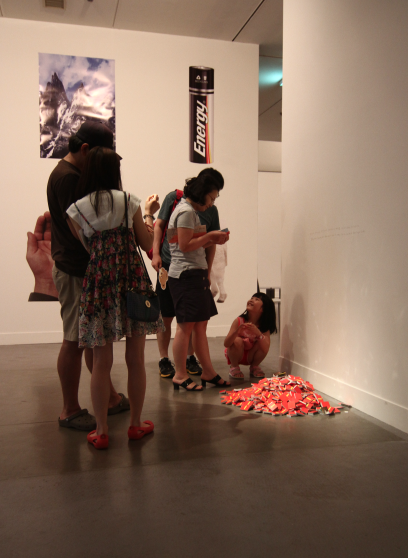
In graphic design, where does subverting fit in relation to simplifying? How best to respect the original meaning and use of an image or object while transforming it?
An object or image's essential characteristics are valuable and can be maintained while the scale of a visual piece of work, its meaning and drama can be changed or re-positioned. Shifting the scale of one image in relation to another, superimposing one image or gesture onto another, or simply leaving gaps between images and words, enables us to notice differences, new meanings, uses, and find new commonality among different things.
Ready-made objects and images are great sources for graphic design; they are everywhere, they are cheap, free and provide wonderful fragments with which a designer can work. Stories can be created by RE-COMBINING or MODIFYING those ready-made things. Each object has its own qualities, voice, and meanings. SUPERIMPOSING a new image or message onto an existing image or message shifts its reading.
Original meanings of easily found and commonly recognized materials such as daily newspapers, outdated magazines, traffic signs, junk mail, used subway tickets, etc. can be upended. Scaling up and scaling down, enhances, diminishes and completely alters the images or messages' original meaning. Interpretations and values can be highlighted and heightened by changes in scale. Even slight manipulations and variations create a new understanding and alternate meanings.
The changes also pose questions about the meaning of size and scale itself. Differences in scale work more slowly to shift perceptions of meaning. By inviting the viewer to look more closely, and take time to think, the overblown greed inherent in exceptionally large luxury things is brought into question. The designer's use of exceptional shifts in scale directs the viewers' attention within the photographic image.
REPETITION is yet another way to reinforce the commonality between iterations. Different stories can be created by both designer and viewer of a series of images. Shifting back and forth between the easily recognizable and the new graphically combined image, quickens the recognition of influences and highlights the similarities between different things. Sometimes the original meanings can be maintainedas they are, and sometimes not.
An important consideration while creating subversive meanings is to avoid the destruction of the original characteristics while modifying an already existing object's appearance. The aesthetic aspect of everyday objects is to be valued for what they are. The challenge has been to have as light a touch as possible, and infuse the image with different implied meanings and narratives.
When a high tech, high production and expensive image or film is reformatted into a cheap, or low tech medium such as a graphic novel or paperback book, gaps are created within which a viewer has time to imagine what might come next in the story. This less expensive and analog transposition can be seen as type of subversive graphic design.
REDUCTION is making less be more, pulling out rather than pushing more things into view. An eraser can be used as a pencil. A READY-MADE separated from its original context or use, can play the central role in the number of gestures needed to function in a new way, or communicate a different message. Simple reuse of an isolated ready-made, reduces the amount of production and enhances the type of uses. This transformation of use centers on the notion of EFFICIENCY, as well as adaptive reuse, A byproduct is less consumption, more uses and effects, more viewer and user involvement. Minimal graphic touches can be enough. As time goes by, some things become smaller and still smaller. Unnecessary graphic moves and objects sometimes add nothing but more garbage and landfill.
People are endlessly busy with making, using, and dumping things. So many objects are overly enlarged, produced and consumed. Enlargement seems never to be enough. Actually, there’s no problem with things some people think are both ordinary as well as cheesy, cheap, ugly, useless, old, boring, or outdated. The problem is not the object itself but shifting trends and fashions clouding our eyes and distorting our perception of a thing’s value. If we see the order of things from a slightly different angle, then our perceptions can change dramatically and uselessness becomes usefulness, ugliness becomes beautiful. It all depends on our perspective.
Maybe the problem is simply us, we graphic designers who keep stimulating unnecessary production and consumption in our shared society. Do we really always need to create something new? How best to value already existing things, see new ways to use existing things? We might already have much more of what we need. We maybe just don't know it.
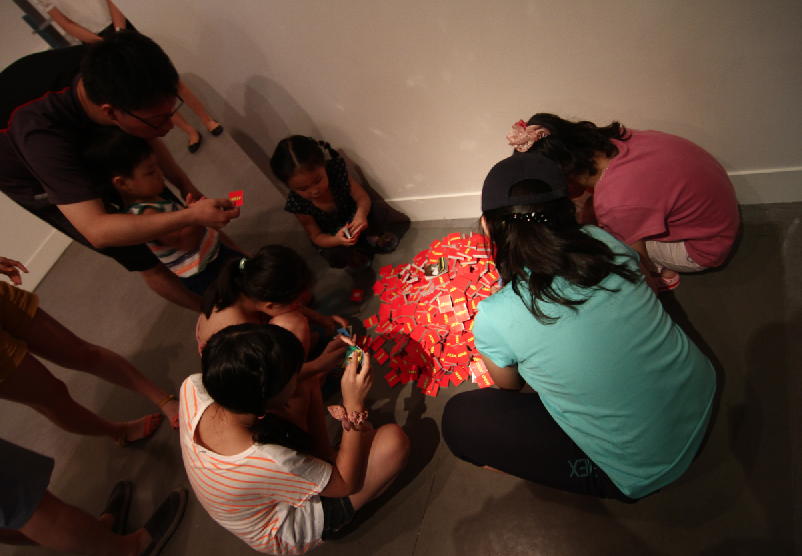 For sale at the National Museum of Contemporary Art
from Jul, 2013 to Feb, 2014
( 현재 현대미술관 서울관 아트샵에서 판매중 )
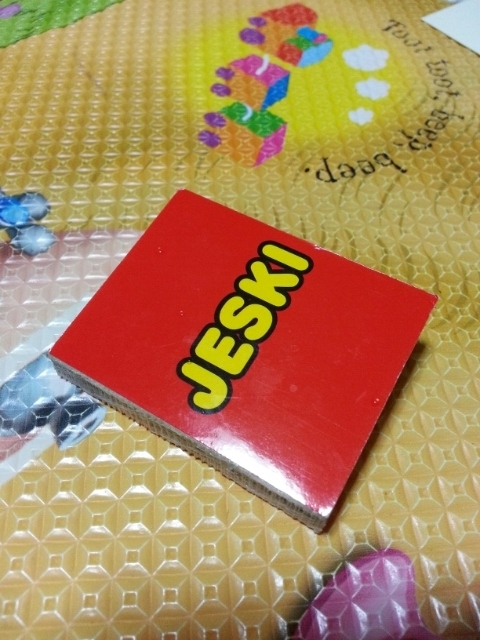  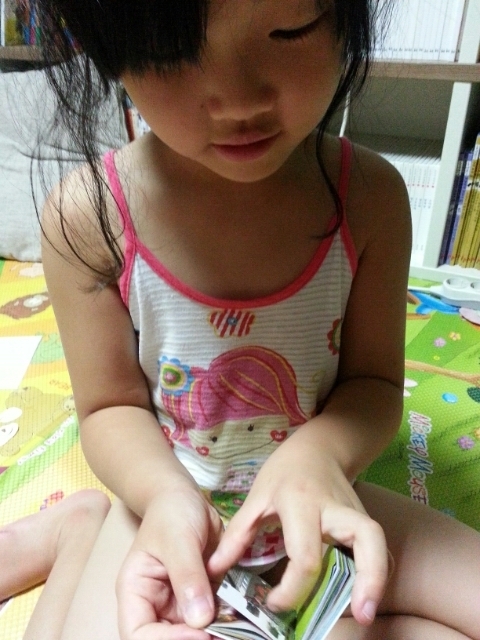
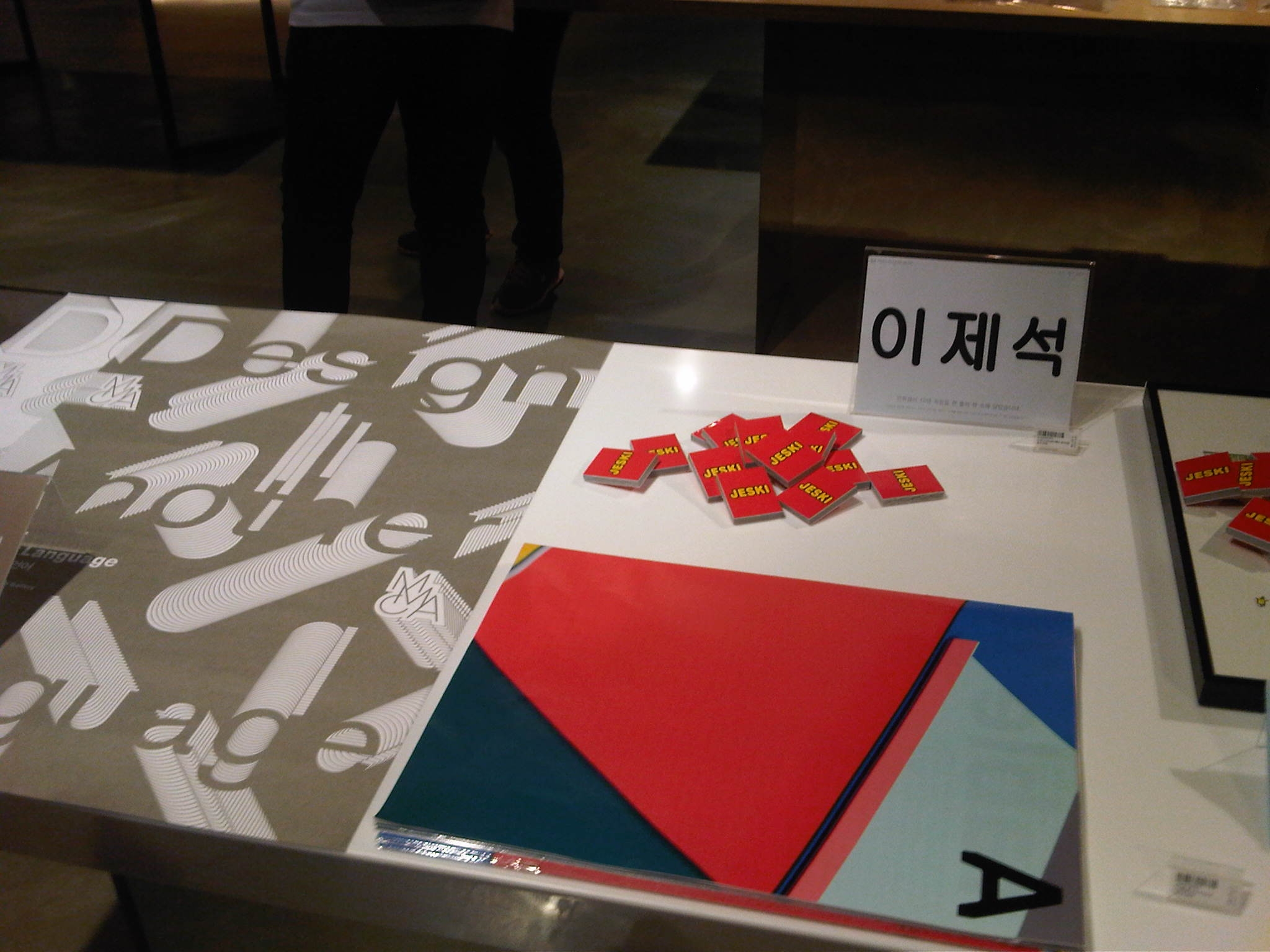 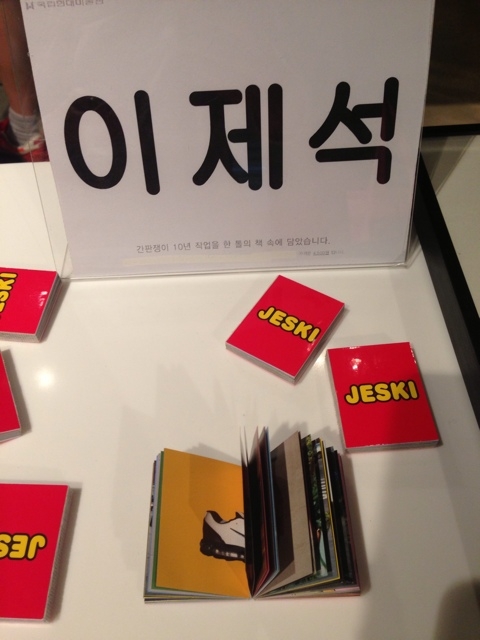 |
| 관리자 로그인 |
